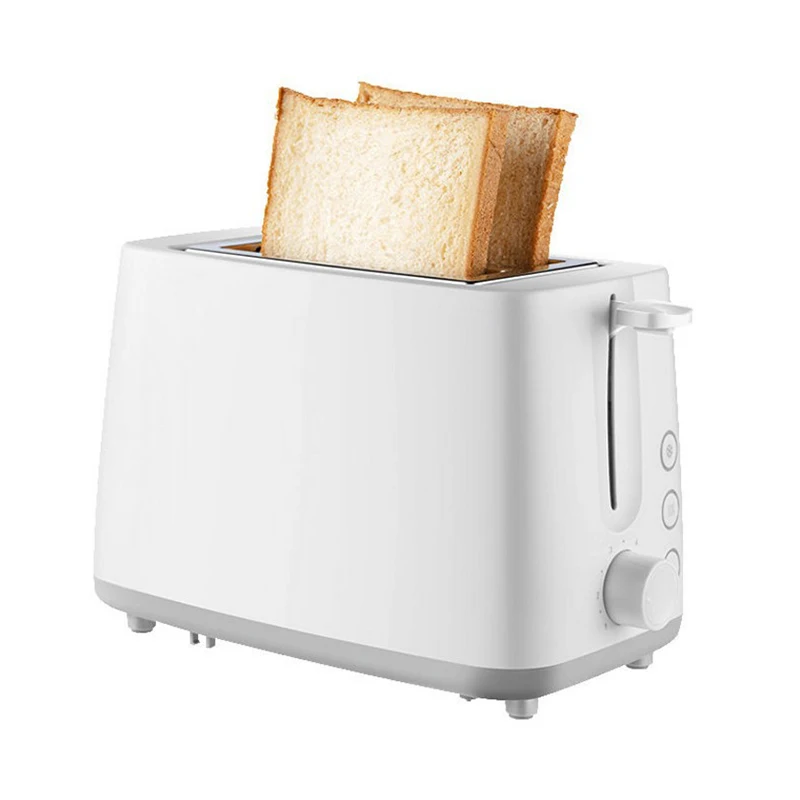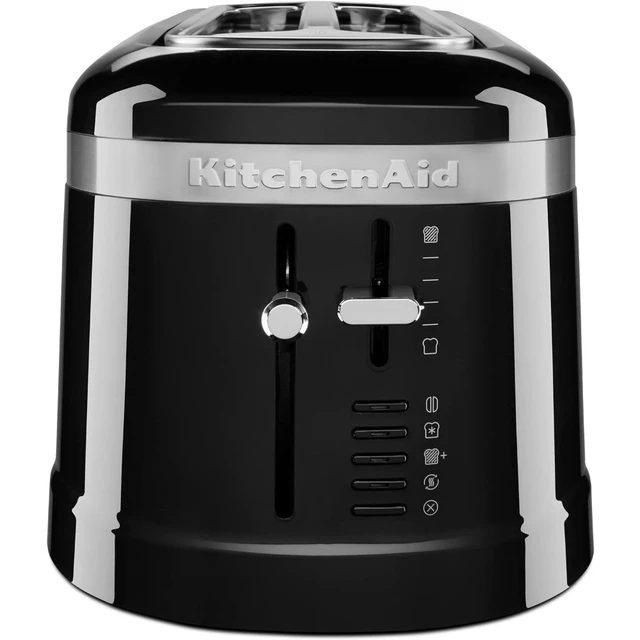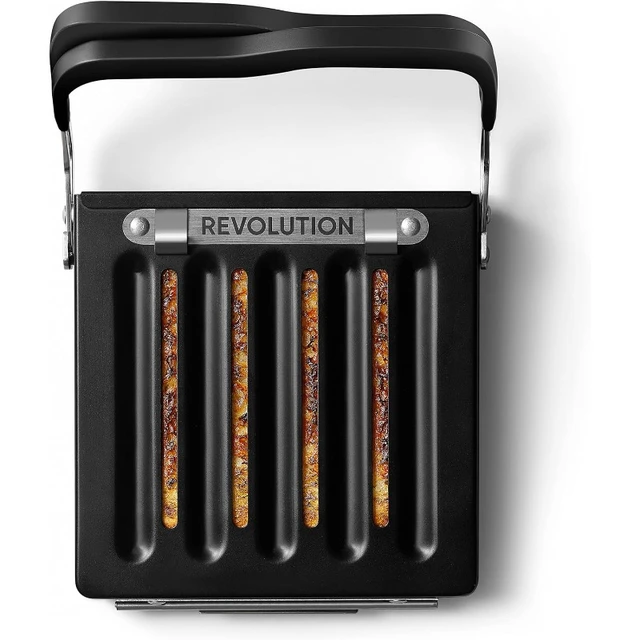Introduction
Maintaining a clean and hygienic toaster is crucial for ensuring safe and enjoyable toasting experiences. While regular cleaning is necessary, sterilizing the inside of a toaster is especially important to eliminate potential bacteria, crumbs, and built-up residue. In this comprehensive guide, we will explore the step-by-step process of sterilizing the inside of a toaster. By addressing necessary preparations, cleaning techniques, and safety precautions, we aim to help you restore your toaster’s cleanliness and functionality effectively.

How do you sterilize the inside of a toaster?
I. Preparing the Toaster for Sterilization
-
Unplug the Toaster:
- Before starting any cleaning or sterilization process, ensure that the toaster is fully disconnected from any power source to prevent electrical hazards.
-
Cool Down the Toaster:
- Allow the toaster to cool down completely before initiating any cleaning. This will prevent potential burns or injuries during the sterilization process.
-
Gather Necessary Materials:
- Prepare the following cleaning and sterilizing materials: a soft, lint-free cloth; mild dish soap or vinegar; baking soda; a toothbrush or soft-bristle brush; a damp cloth for rinsing; and a clean, dry cloth for drying.
II. Surface Cleaning and Crumb Removal
-
Remove Crumbs:
- Carefully remove any visible crumbs from the toaster by using either the crumb tray or by turning the toaster upside down over a trash can and gently shaking it. Ensure that the toaster is unplugged and cooled down before attempting this step.
-
Clean the Crumb Tray:
- If your toaster has a removable crumb tray, remove it and clean it separately. Rinse the tray with warm soapy water or vinegar, scrubbing gently to remove any stubborn debris. Rinse thoroughly, and allow the tray to dry completely before reinserting it into the toaster.
-
Exterior Cleaning:
- Wipe the exterior surfaces of the toaster using a soft, lint-free cloth dampened with soapy water or vinegar. Gently scrub away any stains or residue, paying close attention to the buttons, knobs, and handles. Use a dry cloth to wipe away excess moisture.

III. Sterilizing the Inside of the Toaster
-
Vinegar Solution:
- Create a vinegar solution by mixing equal parts of water and white vinegar in a small bowl or cup. The acidity of vinegar helps eliminate bacteria and neutralize odors.
-
Dampen a Cloth:
- Dip a soft cloth into the vinegar solution and wring out any excess liquid. The cloth should be damp, not soaking wet, to avoid drips or damage to the toaster’s electronic components.
-
Wipe the Inside:
- Gently wipe the inside walls and heating elements of the toaster with the dampened cloth. Focus on areas that may have accumulated residue or food particles. Be cautious not to apply excessive pressure or force that could damage the toaster.
-
Pay Attention to the Slots:
- Use a toothbrush or soft-bristle brush to reach into the toaster slots and remove any debris or buildup. Brush gently to avoid damaging the toaster’s internal components. Take extra care not to let any moisture drip into the slots.
-
Baking Soda Paste for Stubborn Stains:
- If there are stubborn stains or discoloration on the inside of the toaster, create a paste by mixing baking soda with a small amount of water. Apply the paste to the stains and let it sit for a few minutes. Gently scrub the stains with a soft brush or cloth, then wipe away the paste with a damp cloth.
-
Rinse and Wipe Dry:
- Dampen a clean cloth with water and use it to thoroughly rinse the inside of the toaster, wiping away any vinegar residue or baking soda paste. Ensure that no excess moisture remains. Finish by wiping all surfaces dry with a clean, dry cloth.
IV. Safety Considerations and Precautions
-
Avoid Submerging the Toaster:
- Never submerge the entire toaster or any electrical components in water or any other liquid. This can cause electrical damage and pose a safety hazard.
-
Use Mild Cleaning Agents:
- Stick to mild dish soap, vinegar, or baking soda for cleaning your toaster. Harsh chemicals can damage the toaster’s surfaces and components.
-
Wait for Proper Cooling:
- Always allow the toaster to cool down completely before cleaning or sterilizing the inside. Attempting to clean a hot toaster can lead to burns or injuries.
-
Handle Electric Components with Care:
- Be cautious when cleaning around the toaster’s electric components, such as heating elements or electrical wires. Avoid any contact that could potentially damage or disrupt their functioning.

V. Maintaining a Clean Toaster
-
Regular Crumb Removal:
- To maintain a clean toaster and prevent excessive buildup, routinely remove crumbs from the crumb tray or by shaking the toaster upside down over a trash can. Regular crumb removal helps prevent potential fire hazards and keeps the toaster functioning optimally.
-
Frequent Exterior Wiping:
- Wipe the exterior surfaces of the toaster regularly with a soft, damp cloth to remove dust, fingerprints, or any spilled substances. This ensures the longevity and cleanliness of the toaster’s appearance.
-
Proper Storage:
- When not in use, store the toaster in a clean and dry area, protected from excessive moisture, dust, or other contaminants. This helps maintain its cleanliness and prevents potential damage.

VII. Dealing with Persistent Odors
-
Vinegar and Water Solution:
- If your toaster has persistent odors even after sterilization, create a solution of equal parts water and vinegar. Dip a cloth in the solution, wring out excess liquid, and wipe the inside of the toaster again. Vinegar helps neutralize odors effectively.
-
Lemon Juice or Citrus Peel:
- For a fresh and citrusy aroma, you can rub the inside of the toaster walls with lemon juice or gently wipe them with a citrus peel. The natural acidity and fragrance of citrus can help eliminate odors.
-
Dry Running Cycle:
- After applying the cleaning methods mentioned above, run a dry cycle without any bread or food inside the toaster. This will help evaporate any remaining moisture and further eliminate lingering odors.

VI. Conclusion: Restoring Cleanliness and Functionality
Sterilizing the inside of your toaster is an essential step to maintain cleanliness and ensure safe usage. By following the step-by-step guide outlined above and utilizing mild cleaning agents, you can effectively remove bacteria and accumulated residue from the toaster’s interior.
Remember to prioritize safety by disconnecting the toaster from power, allowing it to cool completely, and avoiding submersion in water or using harsh cleaning agents. With proper cleaning and maintenance, you can continue to enjoy your toaster’s functionality and savor perfectly toasted bread or other delectable treats.


